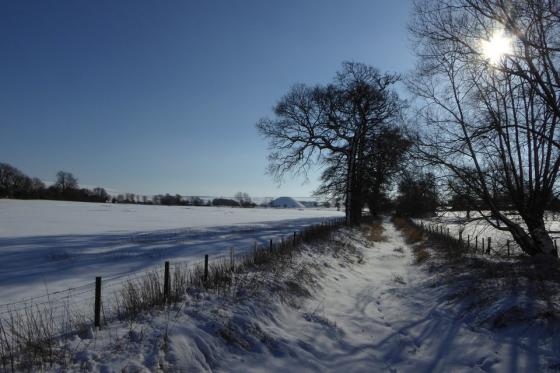EdZiomek wrote:
Thank you kindly for your responses. I just added two images in the Silbury Image section, for review and acceptance if possible. Also note, the photo color-manipulation is showing artwork everywhere in these areas, and the fact that corn fields are on top seem to preserve the images, not destroy them.
Thank you for putting your photos on, but two things spring to mind, why 'kings' simulcra in a stoneage context? and in a small country such as Britain, when every inch of it has been lived on/farmed from prehistory to now should we understand the shapes of the landscape from such different eras as iron age, romans, medieval be expected to form anything coherent as a pattern? or am I reading it wrong.... it strikes me that it is similar to Mrs.Maltwood and her Glastonbury zodiac...The latent images seem to happen because of what I am calling "wet shadows", wherein normal undisturbed soil projects varying forms of darkness, depending on its water content.
Under photo color-manipulation, stone walls, or stone outlined artwork, converging trails/roads, up to 24 inches under soil, project a lighter image, because of the lesser concentration of water content. All over England, in everyone's backyard, I am seeing wonderful objects sub soil, not knowing if they are last weekend's rugby barbeque, or 10,000 year old antiquities.
And this process works similar over water, on statues, stone pillars, though not as precise.
http://www.isleofavalon.co.uk/avalon-zodiac2.html.
Its a fascinating subject though.. Poor old Silbury has been knocked around quite a bit in the past ;)
Moss
